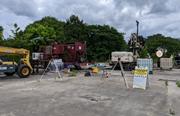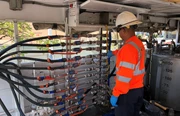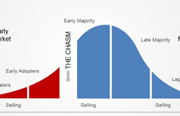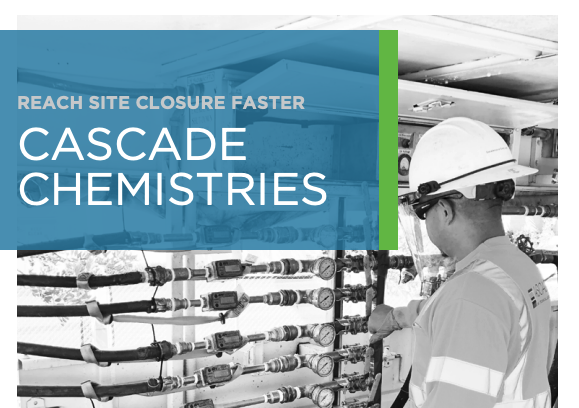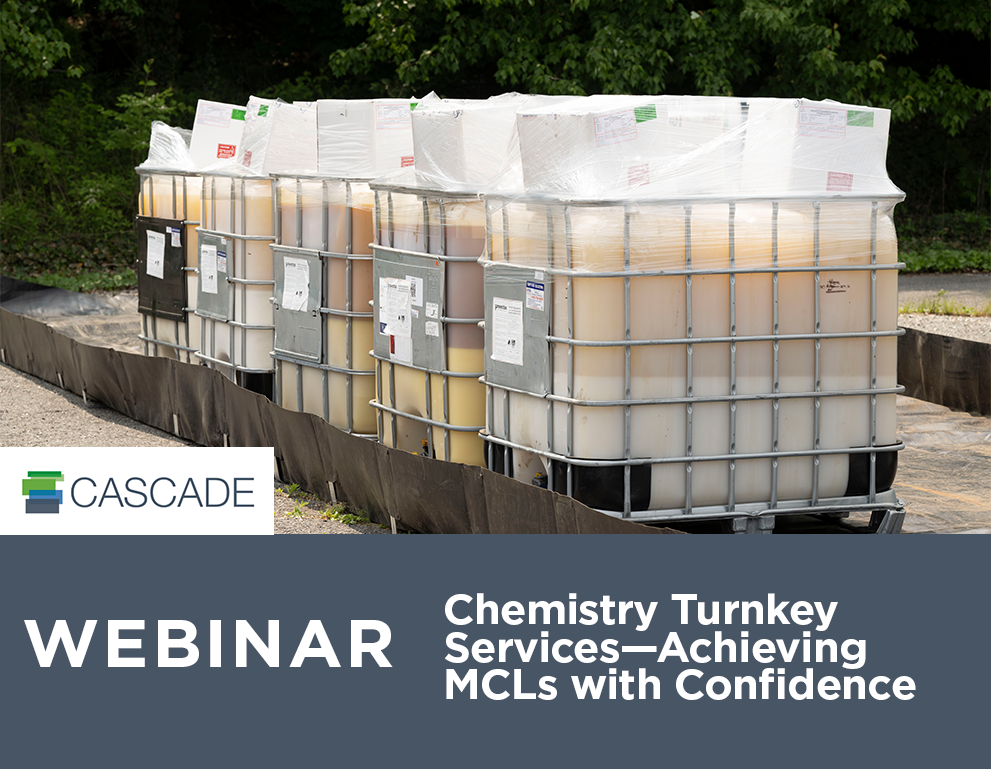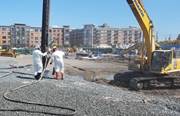- Eliot Cooper
The Holy Grail for in situ remediation success is “contact.” In situ success is often defined as enough amendment (dosing) in contact (distribution enabled by high resolution characterization) with the contaminant (solvents, petroleum, metals, PFAS) for a long enough period of time (kinetics and residence time) to react effectively (contaminant destruction or sequestration).
The weakest link in this formula for success is current distribution methods.
In the last two decades we’ve seen game-changing advancements in site characterization and amendments. Thanks to improved high resolution site characterization (HRSC) technologies, we can better define contaminant mass distribution and have greater certainty on where to inject amendments, especially when we are injecting permeable reactive barriers to cut off flux and reduce risks to offsite receptors. We now have the data to design sophisticated remedies that optimize for performance, time and cost.
But the technologies for injecting liquid and colloidal solids amendments have remained the same. Manually operated and controlled injection systems are still standard and, as a result, many in situ remediation projects have not met client expectations.
These manual injection technologies are no longer adequate.
If you are ready for the next generation of injection technology, this webinar is for you. Join us for an introduction to the first fully-automated injection system, the Pathfinder™. Remediation expert Eliot Cooper explains why it was developed, how its pressure and flow automation and documentation can improve your project performance, and why this tool will be critical for addressing PFAS contaminated sites. He also shares the injection results from the first full-scale project undertaken with the Pathfinder.

